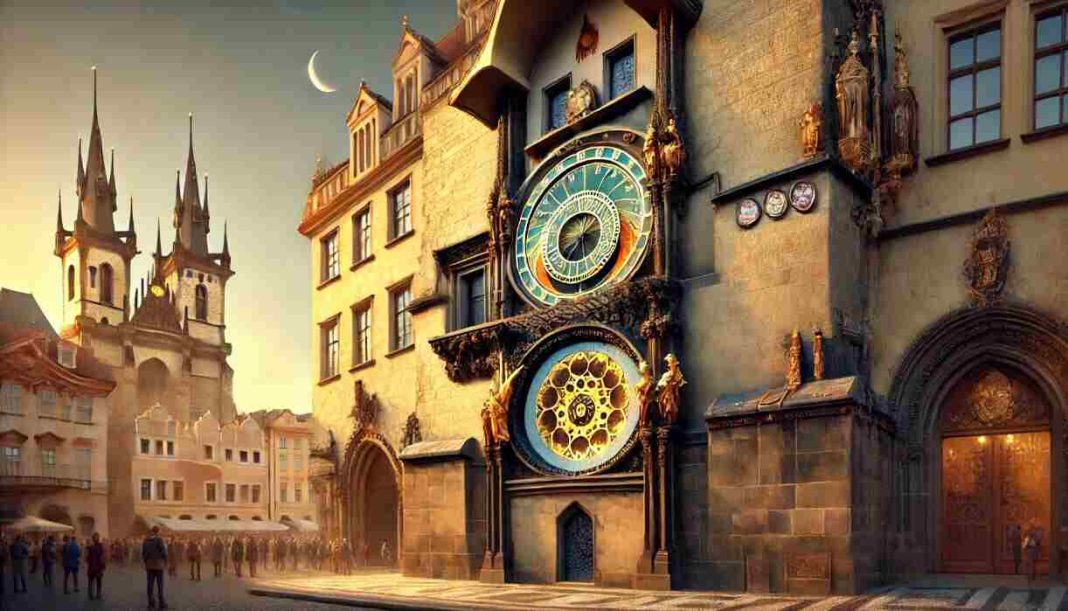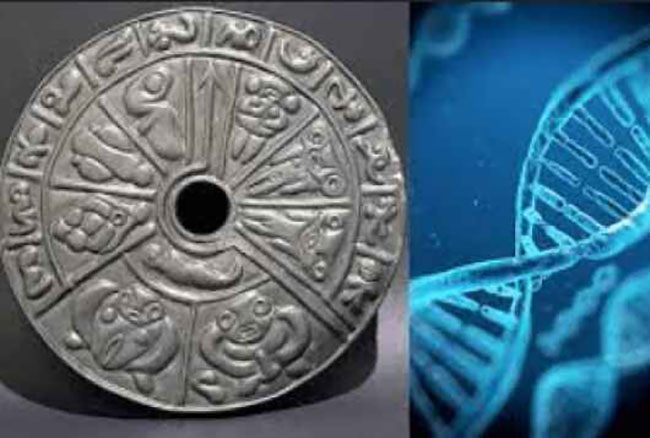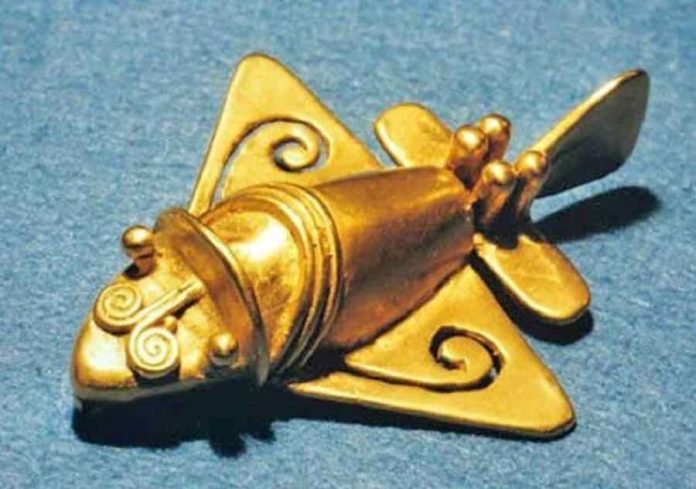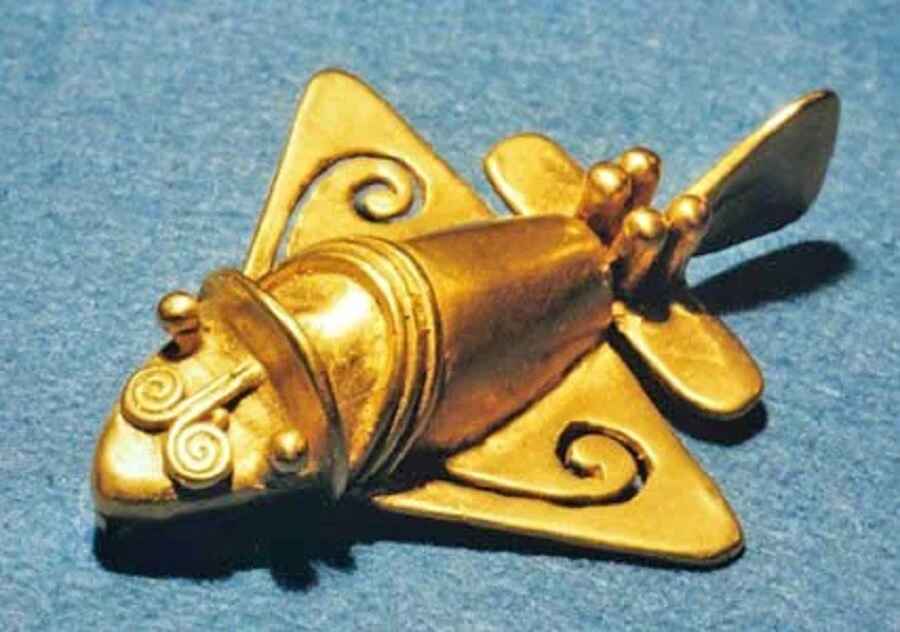The Prague Astronomical Clock, also known as the Orloj, is an ancient and intricate masterpiece of medieval engineering and artistry, located on the southern wall of the Old Town Hall in Prague, Czech Republic. Dating back to 1410, it is the third-oldest astronomical clock in the world and the oldest that remains in operation. The Orloj is a remarkable combination of a clock, a calendar, and an astrolabe, reflecting the medieval fascination with timekeeping, astronomy, and religious symbolism.
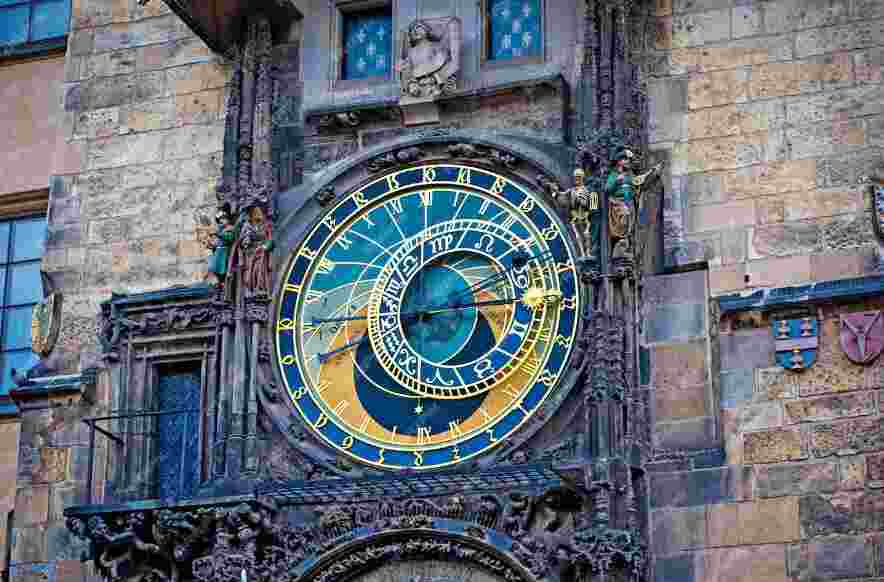
Historical Insights and Established Facts about the Astronomical Clock
The astronomical dial is a form of a mechanical astrolabe, showing the position of the Sun and Moon in the sky, as well as various astronomical details. It features a stationary background representing the Earth and the local sky, with four main moving parts: the zodiacal ring, an outer rotating ring, the Sun icon, and the Moon icon. These elements allow the clock to display not only the time but also the current zodiac sign and the phases of the Moon. For a broader exploration of medieval astronomical clocks, visit Astronomical Clocks of the World.
The calendar dial, added around 1490, features medallions representing the months of the year and a church calendar with the names of 365 saints. The dial’s edge is decorated with allegorical representations of the months and zodiac signs, making it not only a timekeeping device but also a visual calendar and an astrological tool.
The Orloj’s most captivating feature is the “Walk of the Apostles,” an hourly show where statues of the Twelve Apostles appear in windows above the clock. These figures are accompanied by allegorical representations of Vanity, Greed, Death, and Lust, which also come to life during the performance. The skeleton representing Death strikes the time, while the other figures shake their heads, symbolizing their refusal to “go.”
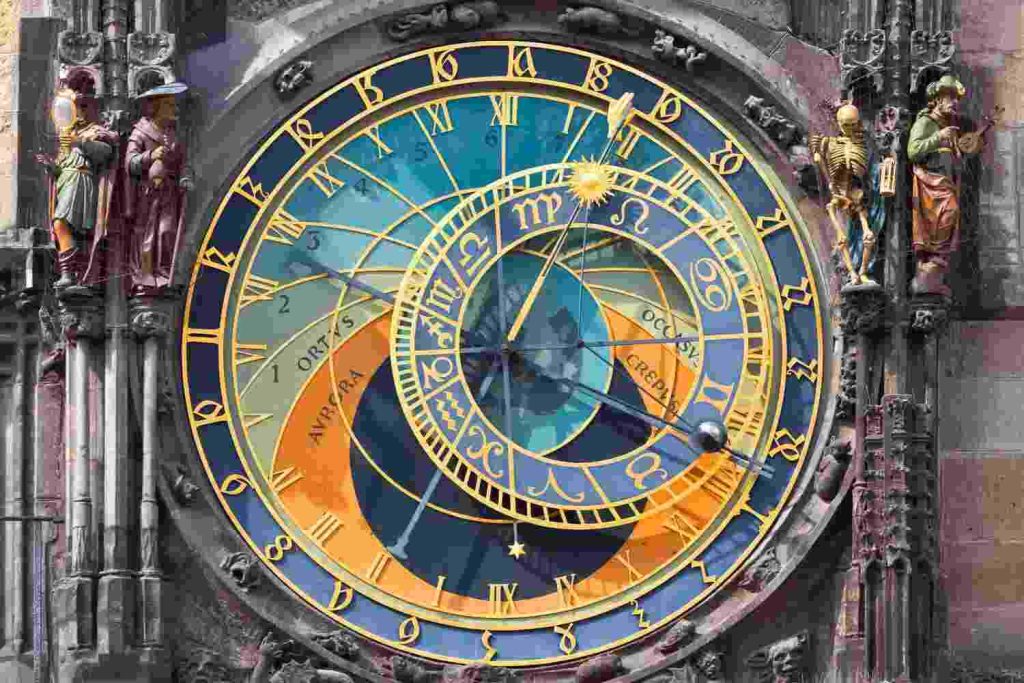
Enduring Mysteries and Unanswered Questions
Despite its detailed history, the Orloj is shrouded in mystery, particularly concerning its creators and the legends associated with it. While it was long believed that the clock was made by a clockmaster named Jan Růže (also known as Hanuš) in 1490, modern research has shown that the original clock mechanism was actually constructed earlier, in 1410, by Mikuláš of Kadaň and Jan Šindel, a professor of mathematics and astronomy at Charles University. The legend that Hanuš was blinded by Prague’s city councilors to prevent him from recreating the clock elsewhere is a tale that has persisted despite being historically inaccurate.
Another mystery lies in the astronomical clock’s resilience and its supposed protective powers. According to local legend, the city of Prague will suffer if the Orloj is neglected. This belief was particularly potent during the tumultuous events of World War II when the clock was heavily damaged during the Prague Uprising in May 1945. The restoration of the clock was seen as a symbol of the city’s recovery and resilience.
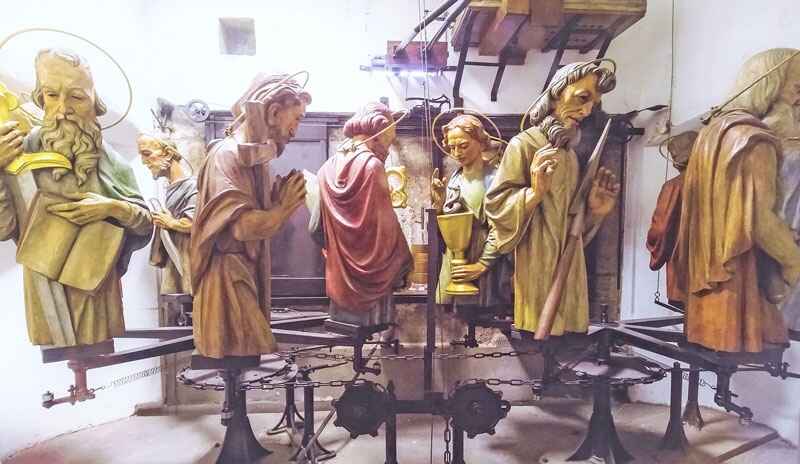
Hypotheses and Interpretations
One of the most intriguing aspects of the Orloj is the astrological and alchemical symbolism embedded in its design. The clock’s astronomical dial can be seen as a primitive planetarium, showing the current orientation of the universe relative to the Earth. The use of the zodiac and the precise tracking of celestial movements suggest that the Orloj was not merely a timekeeping device but also a tool for astrological predictions and possibly alchemical practices, much like the Antikythera Mechanism used by the ancient Greeks.
Theories have also emerged regarding the Orloj’s role in medieval society. Some historians speculate that it served as a visual representation of the cosmological and religious order of the time, linking the heavens with the daily lives of Prague’s citizens. The inclusion of religious figures and saints in the clock’s design reflects the deep intertwining of faith and science during the medieval period, similar to the use of astrolabes in Islamic culture.
Frequently Asked Questions (FAQs)
1. What is special about the Prague Astronomical Clock?
The Prague Astronomical Clock is special because it is the oldest astronomical clock still in operation and a marvel of medieval engineering, featuring a unique combination of timekeeping, astrological, and religious symbolism.
2. Is it worth going up the astronomical clock?
Yes, it is worth visiting the clock, not only to see the intricate mechanisms and moving figures but also to enjoy the stunning views of Prague’s Old Town Square from the top of the Old Town Hall Tower.
3. Why is the Old Town Square in Prague famous?
Old Town Square is famous for its historic buildings, including the Old Town Hall with the Astronomical Clock, and as a central location for many of Prague’s significant cultural and political events.
4. What is the mysterious clock in Prague?
The mysterious clock in Prague refers to the Prague Astronomical Clock, known for its complex mechanisms and the legends that surround its creation and operation.
5. What happened to the Prague Astronomical Clock during World War II?
The clock was heavily damaged during the Prague Uprising in 1945 when Nazi forces targeted the Old Town Hall. It was restored after the war and continues to operate today.
Final Reflections and Ongoing Enigmas

The Prague Astronomical Clock is more than just a historical artifact; it is a symbol of the ingenuity, artistry, and mysticism of medieval Europe. While much is known about its construction and operation, the Orloj continues to inspire wonder and speculation. Its blend of astronomical precision, religious symbolism, and artistic beauty makes it a unique marvel of human achievement. As we continue to study and restore this ancient clock, it stands as a testament to the enduring mysteries of history and the eternal quest for knowledge.
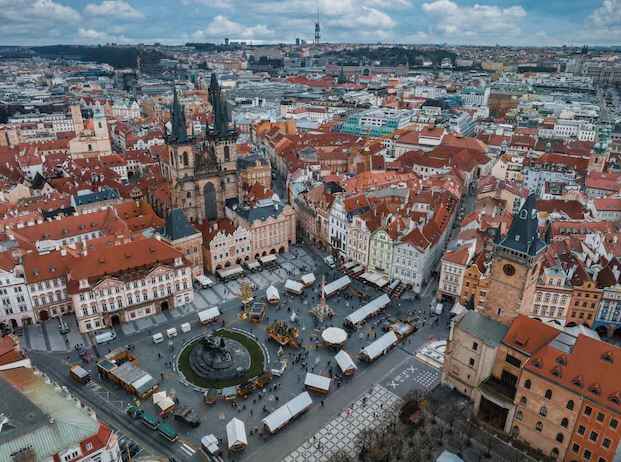
Use of Our Content
⚠️ Content on “Mystery Uncover” is protected under US and International Copyright Laws.
You are free to reuse, republish, and share our content by giving credit to the source as Mystery Uncover with a link to the original material on mysteryuncover.com.


